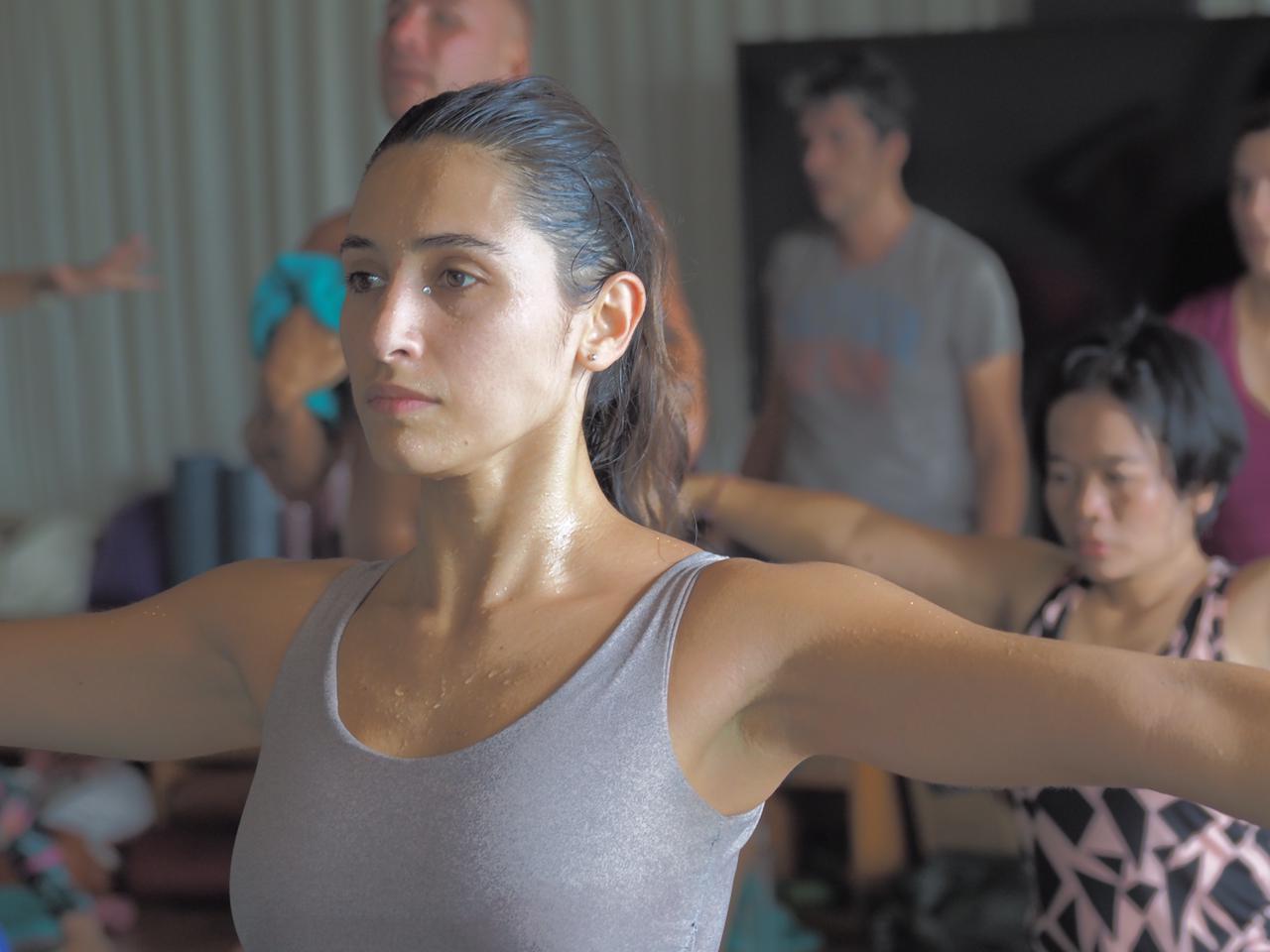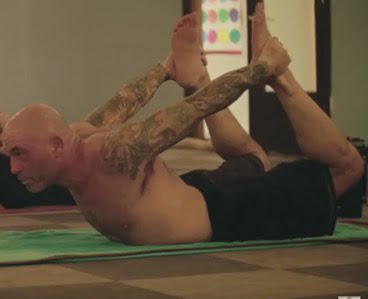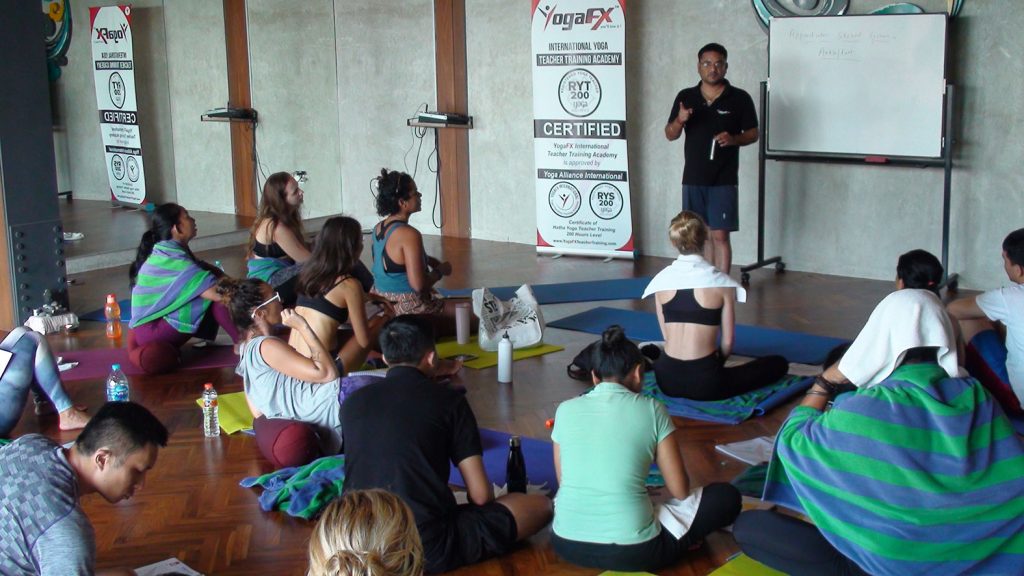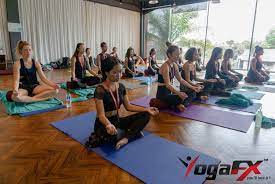Hot yoga, also known as 26 and 2 yoga or Bikram yoga, has emerged as a popular fitness practice that combines the transformative power of yoga with the intensity of practicing in a heated room. This unique exercise trend offers a dynamic and challenging workout experience, leaving practitioners wondering about the potential calorie-burning benefits. In this article, we explore the captivating world of hot yoga, shedding light on the calories burned during sessions. Discover how this rejuvenating practice, backed by Mr. Ian YogaFX’s expertise as a Yoga Alliance certified instructor and ACE trainer, can contribute to your fitness journey while offering the opportunity to pursue a 26 and 2 yoga teacher training.
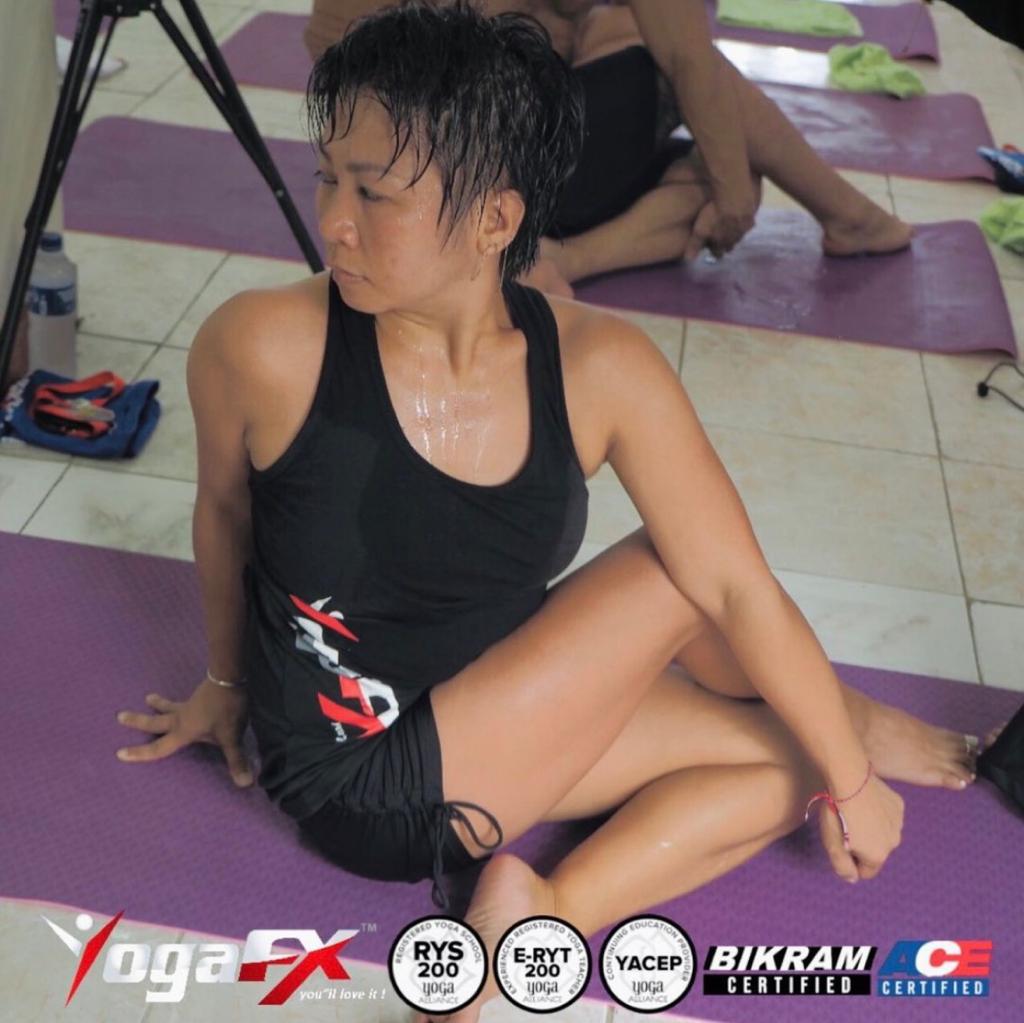
Understanding Hot Yoga
Hot yoga, specifically the 26 and 2 yoga sequence popularized by Bikram Choudhury, encompasses a series of 26 postures and two breathing exercises. What sets hot yoga apart is the practice being conducted in a room heated to approximately 105°F (40.6°C) with high humidity. This elevated temperature creates an environment that promotes flexibility, detoxification, and enhanced cardiovascular endurance. Beyond the physical benefits, hot yoga also offers mental clarity and stress reduction.
“Don’t Shut Down Look For Possibilities And Try Something”
Factors Influencing Calorie Burn in Hot Yoga
1. Intensity of the Practice:
Hot yoga poses, combined with the challenging environment, provide a rigorous workout. The dynamic sequences and deep stretching engage multiple muscle groups, elevating heart rate and caloric expenditure. As you flow through postures like Standing Head to Knee, Triangle, and Camel, the muscles are continuously activated, contributing to increased calorie burn.
2. Room Temperature and its Effect on Metabolism:
Exercising in a heated environment accelerates metabolic activity, increasing calorie burn. The combination of heat, humidity, and physical exertion challenges the body’s thermoregulation, leading to a higher energy expenditure. The heat enhances blood flow and circulation, promoting the breakdown of fat cells and aiding in weight loss.
3. Individual Variations:
Body weight, composition, and fitness level influence calorie burn in hot yoga. Individuals with higher body weights generally burn more calories due to increased effort, while those with greater muscle mass experience a heightened metabolic rate. However, hot yoga is suitable for individuals of all fitness levels, as modifications and variations are available for each posture.
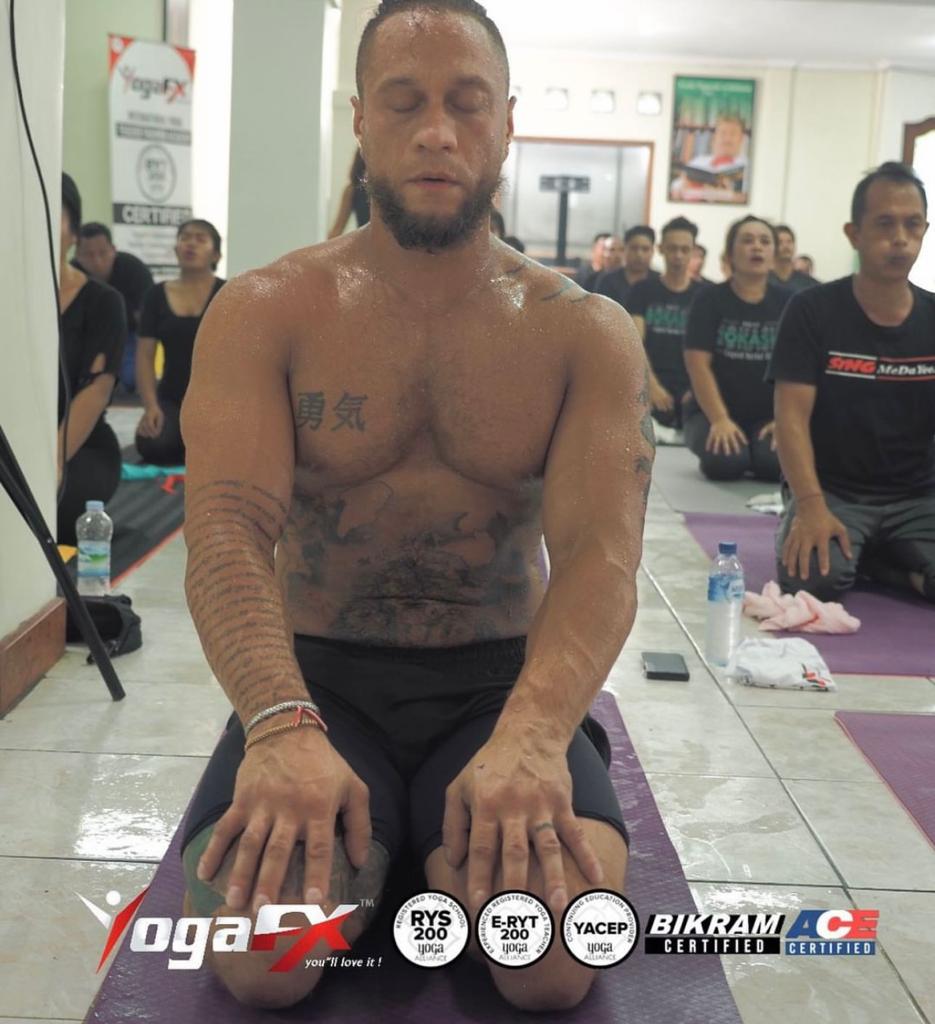
Estimating Calorie Burn in Hot Yoga
To gauge calorie expenditure in hot yoga, heart rate monitoring serves as a valuable tool. By wearing heart rate monitors or fitness trackers, practitioners can track their heart rate throughout the session and estimate calorie burn based on duration and intensity. Additionally, using the Metabolic Equivalent of Task (MET) values assigned to different yoga poses can help calculate the overall calorie burn. For example, a 155-pound (70 kg) individual can burn approximately 330-460 calories during a one-hour hot yoga session, depending on the intensity of the practice.
Comparing Hot Yoga with Other Cardiovascular Exercises
While hot yoga shares similarities with traditional yoga, it offers additional benefits due to the heated environment. Compared to a regular yoga practice, hot yoga enhances calorie burn, cardiovascular fitness, and overall endurance. The combination of dynamic movements, intense stretches, and increased temperature creates a unique cardiovascular challenge. However, when comparing it to high-intensity interval training (HIIT), hot yoga may have a lower calorie-burning potential. Nevertheless, hot yoga’s comprehensive approach to fitness, incorporating strength, flexibility, and mindfulness, makes it a well-rounded option for those seeking a balanced workout.
Tips for Maximizing Calorie Burn in Hot Yoga
1. Maintaining Proper Form and Alignment:
Paying attention to correct alignment in each pose ensures that the targeted muscles are engaged optimally, leading to
a more effective calorie-burning session. Proper form also reduces the risk of injury and allows for a deeper stretch.
2. Increasing Intensity through Advanced Poses and Modifications:
As practitioners progress, incorporating advanced poses and modifications challenges the body further, enhancing calorie burn and overall fitness. Working towards more challenging variations, such as Full Locust Pose or Standing Bow Pulling Pose, can intensify the practice and increase calorie expenditure.
3. Combining Hot Yoga with Strength Training or Cardio Exercises:
Supplementing hot yoga with additional strength training or cardio workouts can create a well-rounded fitness routine, targeting different muscle groups and intensifying calorie burn. Alternating hot yoga sessions with resistance training or cardiovascular exercises like running or cycling can help optimize overall calorie expenditure and support weight loss goals.

Conclusion
Hot yoga, particularly the 26 and 2 yoga sequence, offers a unique and challenging exercise experience. With its potential to enhance flexibility, cardiovascular endurance, and mental well-being, hot yoga has captured the attention of fitness enthusiasts worldwide. If you’re passionate about hot yoga and aspire to share its benefits with others, consider pursuing a 26 and 2 yoga teacher training. This comprehensive training, certified by Yoga Alliance and guided by Mr. Ian YogaFX’s expertise as an ACE trainer, equips you with the knowledge and skills to lead transformative hot yoga classes. Embrace the heat, embark on the path to becoming a skilled Bikram Hot YogaFX instructor, and inspire others to discover the countless benefits of this dynamic practice. Start your journey today and unlock the transformative power of 26 and 2 yoga.

